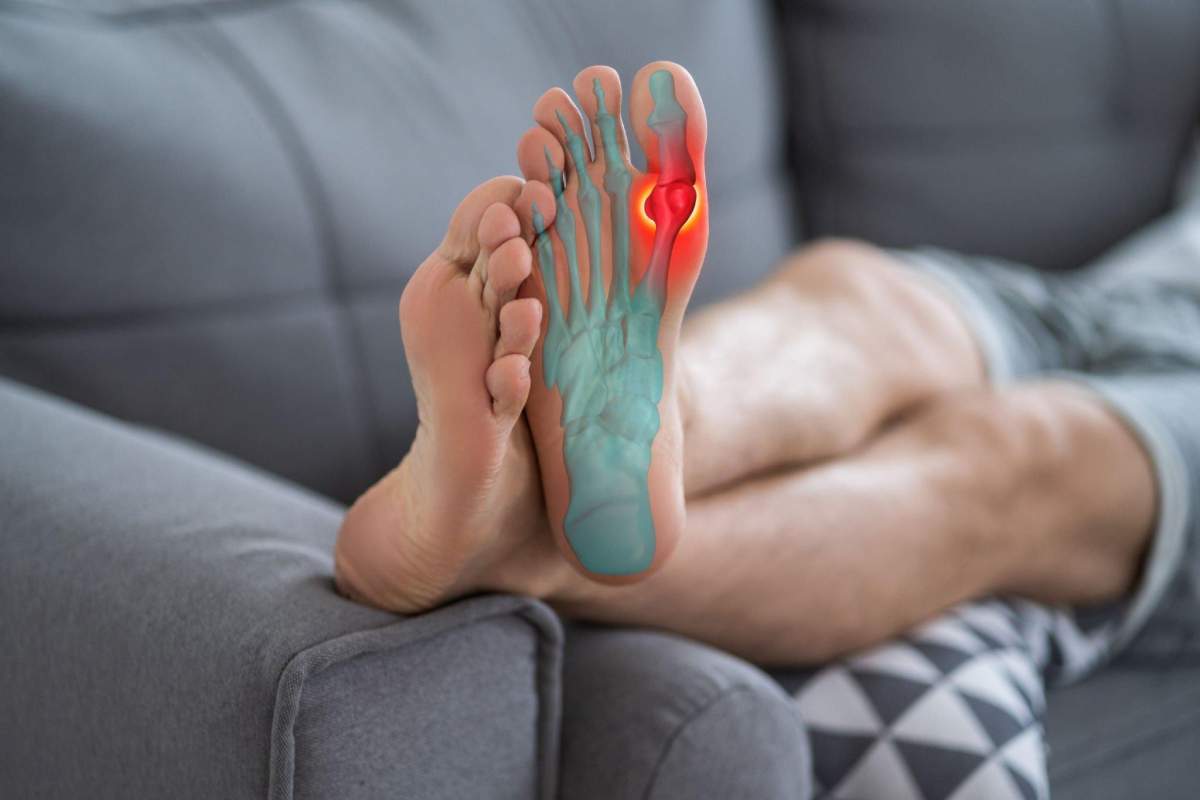Table of Contents
Plantar Flexion
- Plantar flexion is a foot movement that involves pointing the toes downwards, away from the leg. It is one of the movements that can be performed by the ankle joint.
- During plantar flexion, the muscles responsible for the movement, such as the gastrocnemius, soleus, and tibialis posterior, contract to cause the foot to move downward. This movement is essential for walking, running, and jumping, allowing the foot to push off the ground and generate force for action.
- Plantar flexion can be actively performed by the individual or passively induced by an external force, such as gravity or the body’s weight. Maintaining proper range of motion and strength in the ankle joint is essential to prevent injuries and maintain mobility.
- Plantar flexion is commonly used to strengthen and stretch the calf muscles and Achilles tendon. It can provide many benefits, including improved balance, athletic performance, and reduced risk of injury. Learn here how to perform plantar flexion exercises safely and effectively.
What Is Plantar Flexion?
Plantar flexion is an exercise that involves bending your foot at the ankle. It’s also known as pointing or standing on toes. It stretches and strengthens the calf muscles and Achilles tendon when performed correctly. Plantar flexion can be done with or without equipment such as weights, bands, and other resistance equipment. Adding weight or resistance to the movement can increase your strength and flexibility benefits.
Benefits of Doing Plantar Flexion.
Plantar flexion can help improve your mobility, balance, posture, and agility, and it also tones the calf muscles and strengthens the Achilles tendon. Doing this exercise regularly can not only improve your overall fitness level but can also prevent injuries. Because it works your ankle’s range of motion, plantar flexion improves your foot’s ability to adjust to uneven terrain or unstable surfaces.
How to Do Plantar Flexion Correctly and Safely.
Plantar flexion best performs while standing, but you can also do it while sitting or lying down. Keep your foot flat as you push down into the movement to ensure you get the highest benefit from the exercise and minimize the risk of injury. Keep your knee locked and don’t bend it — instead, focus on pushing down with your heel until you feel a stretch in the calf muscle at the rear of your lower leg. Hold this position for several seconds before returning your foot to its original work.
Tips for Getting Maximum Benefits from Plantar Flexion Exercises.
If you’re new to plantar flexion, start with low resistance and a range of motion that is comfortable for you. Once you feel more at ease with the exercise, gradually increase the resistance and capacity of movement until you reach a point where it stretches your calf muscles. Make sure to do this stretch often to get the maximum benefit- at least a few times a day if possible. Also, do other lower leg stretches and exercises, such as ankle circles or toe pointing, to keep your lower legs loose and limber.
How to Incorporate Plantar Flexion into Your Daily Routine.
Incorporating plantar flexion into your daily routine can help to improve flexibility, strength, and balance. To make plantar flexion a part of your day. And add it to your regular exercise routine or ring around just before getting up in the morning. Additionally, you can do light stretches with plantar flexion throughout the day – for example, when sitting at work or watching tv in the evening. Doing this will help keep your lower legs loose and limber while providing additional exercise benefits to complement other activities you may be doing throughout your day.
What is an example of plantar flexion?
An example of plantar flexion is when you stand on your tiptoes. During this movement, your ankle joint is actively plantar flexing. And allowing your toes to point downwards and lift your body weight. Another example of plantar flexion is when you push the gas pedal while driving. And as this movement involves pressing down on the pedal with the ball of your foot. Causing your ankle to plantar flex. In sports, a sprinter or a basketball player performing a jump shot uses plantar flexion to generate force and power.

